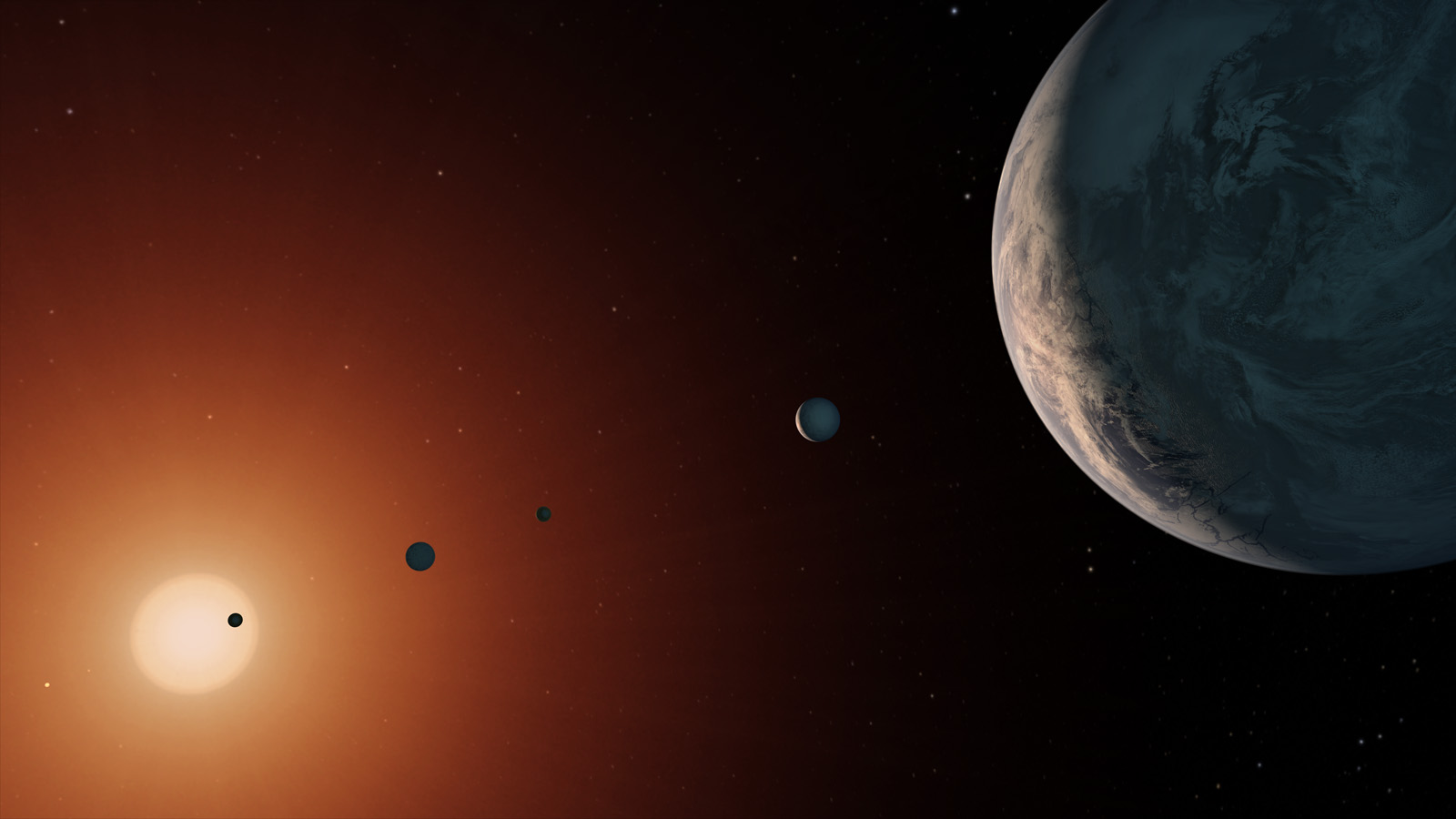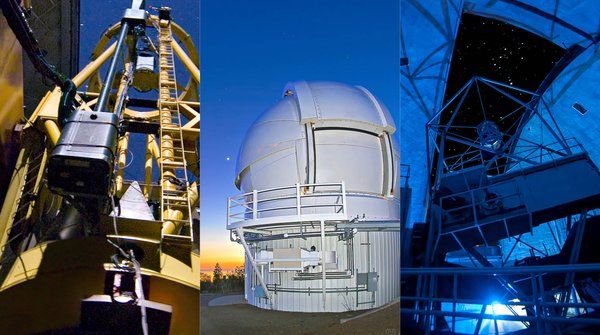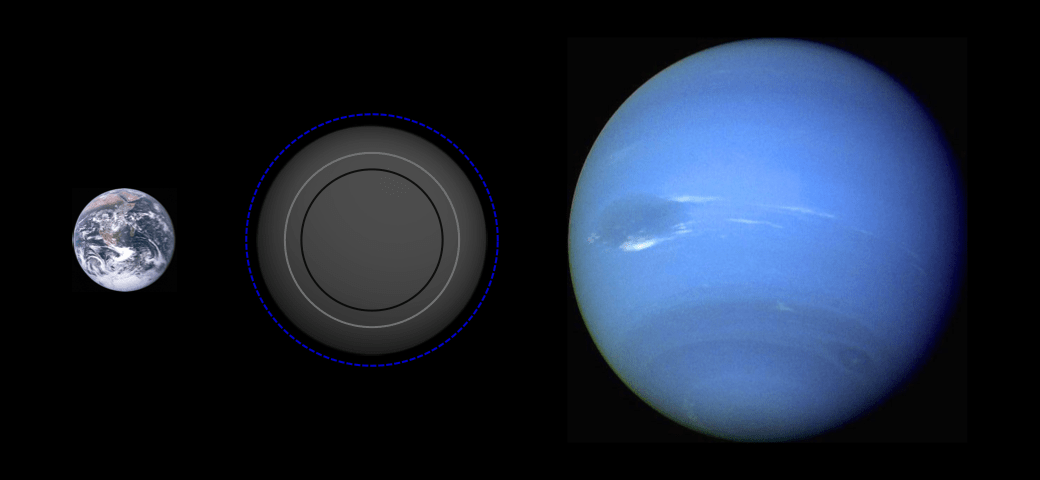Planetary formation is a complicated, multilayered process. Even with the influx of data on exoplanets, there are still only two known planets that are not yet fully formed. Known as PDS 70b and PDS 70c, the two planets, which were originally found by the Very Large Telescope, are some of the best objects we have to flesh out our planetary formation models. And now, one of them has been confirmed to have a moon-forming disk around it.
Continue reading “Incredible! Astronomers see a Moon-Forming Disk Around a Newly Forming Planet”Could Life Exist in the Atmosphere of a sub-Neptune Planet?
Earth is perfectly suited for organic life. It stands to reason then that similar worlds orbiting distant stars might also be rich with life. But proving it will be a challenge. One of the better ways to discover extraterrestrial life will be to study the atmospheres of inhabited exoplanets, but Earth is fairly small for a planet and has a thin atmosphere compared to larger worlds. It will be much easier to study the atmospheres of gas planets, but could such worlds harbor life? A new paper in Universe argues it could.
Continue reading “Could Life Exist in the Atmosphere of a sub-Neptune Planet?”Astronomers Have Found the Perfect Exoplanet to Study Another World’s Atmosphere
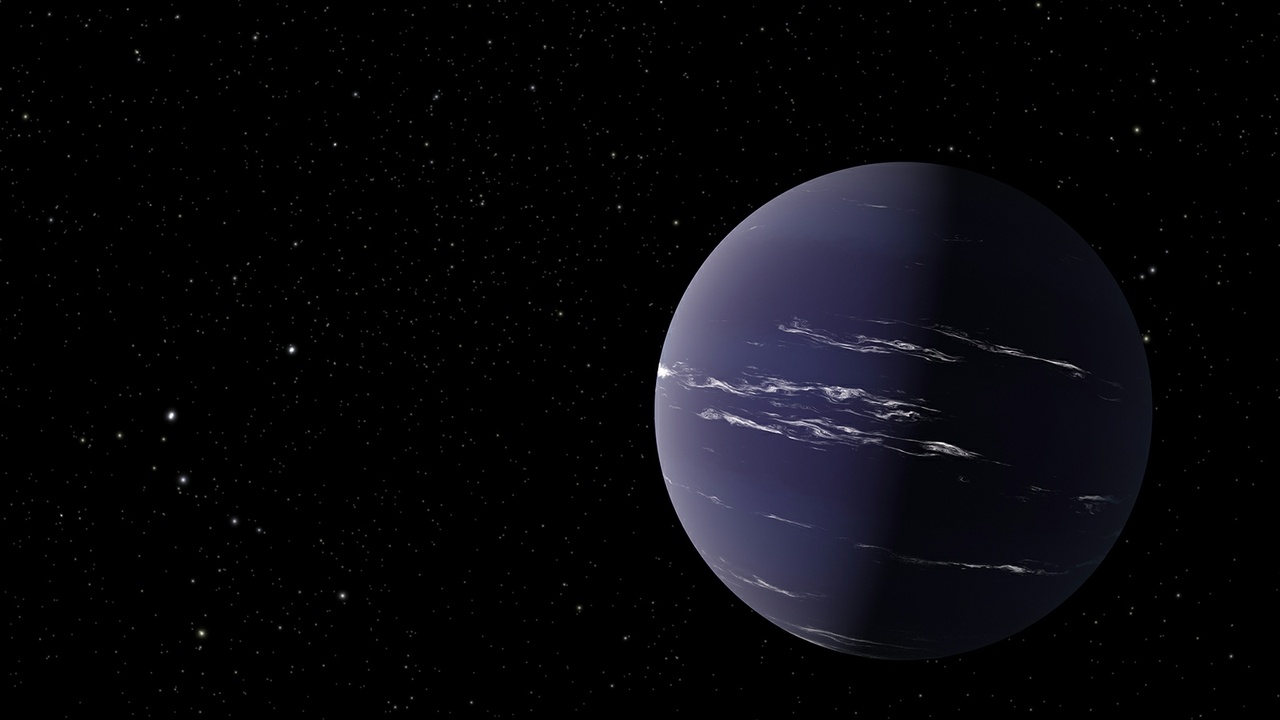
TESS (Transiting Exoplanet Survey Satellite) has found a new planet, and the discovery of this sub-Neptune exoplanet has scientists excited about atmospheres. The combination of the planet’s size, its thick atmosphere, and its orbit around a small M-class star close to Earth provides researchers with an opportunity to learn more about exoplanet atmospheres. We’re getting better and better at finding exoplanets, and studying their atmospheres is the next step in understanding them as a whole.
Continue reading “Astronomers Have Found the Perfect Exoplanet to Study Another World’s Atmosphere”What’s the Connection Between the Chemistry of a Star and the Formation of its Planets?
Scientists seem to have come up with a new parlor game – how many ways can we potentially detect exoplanets? The two most common methods, the transit method and the Doppler method, each have their own problems. Alternative methods are starting to sprout up, and a new one was recently proposed by Jacob Nibauer, an undergraduate student in the University of Pennsylvania’s Department of Physics and Astronomy. His suggestion: look at a star’s chemical composition. And his findings after analyzing data on some 1,500 stars hold some surprises.
Continue reading “What’s the Connection Between the Chemistry of a Star and the Formation of its Planets?”How To Search the Chemical Makeup of Exoplanet Atmospheres for Hints at Their History
Author’s note – this article was written with Dr. Vincent Kofman, a scientist at NASA’s Goddard Space Flight Center (GSFC), working in the Sellers Exoplanet Environments Collaboration (SEEC), and the lead author on the research it discusses.
Thousands of exoplanets have been discovered in the recent decades. Planet hunters like TESS and Kepler, as well as numerous ground-based efforts, have pushed the field and we are starting to get a total number of planets that will allow us to perform effective statistical analysis on some of them.
Not only do the detected number of planets show us how common they are; it exposes our lack of understanding about how planets form, what conditions are present, and when planets may be habitable. The transit detection of an exoplanet primarily yields the orbital period, or the length of a year on the planet, and the relative size of the planet with respect to the star. The next steps are to characterize the planet. This usually requires follow up studies, using different observational strategies and more powerful telescopes.
Continue reading “How To Search the Chemical Makeup of Exoplanet Atmospheres for Hints at Their History”The Moons of Rogue Planets Could Have Liquid Surface Water and Thick Atmospheres. They Could be Habitable

The search for life on exoplanets takes a fairly conservative approach. It focuses on life that is similar to that of Earth. Sure, it’s quite possible that life comes in many exotic forms, and scientists have speculated about all the strange forms life might take, but the simple fact is that Earth life is the only form we currently understand. So most research focuses on life forms that, like us, are carbon based with a biology that relies on liquid water. But even with that narrow view, life could still be hiding in places we don’t expect.
Continue reading “The Moons of Rogue Planets Could Have Liquid Surface Water and Thick Atmospheres. They Could be Habitable”Exoplanet Surveys are Leaning Towards the Possibility That our Solar System is… Normal
One of the unspoken caveats of most exoplanet discovery missions is that they only operate for a few years. Such a short observing window means there are planets with longer orbital periods, usually further out from the star, that those surveys would completely miss. Knowing this would be a problem, a team of astronomers arranged the California Legacy Survey three decades ago in order to monitor as many stars as possible for as long a time as possible. Recently they released their first results, which show solar systems that are surprisingly like our own.
Continue reading “Exoplanet Surveys are Leaning Towards the Possibility That our Solar System is… Normal”Larger Rocky Planets Might be Rare Because They Shrunk
Researchers at the Flatiron Institute’s Center for Computational Astrophysics published a paper last week that just might explain a mysterious gap in planet sizes beyond our solar system. Planets between 1.5 and 2 times Earth’s radius are strikingly rare. This new research suggests that the reason might be because planets slightly larger than this, called mini-Neptunes, lose their atmospheres over time, shrinking to become ‘super-Earths’ only slightly larger than our home planet. These changing planets only briefly have a radius the right size to fill the gap, quickly shrinking beyond it. The implication for planetary science is exciting, as it affirms that planets are not static objects, but evolving and dynamic worlds.
Continue reading “Larger Rocky Planets Might be Rare Because They Shrunk”Hydroxyl (OH) Seen for the First Time in an Exoplanet Atmosphere
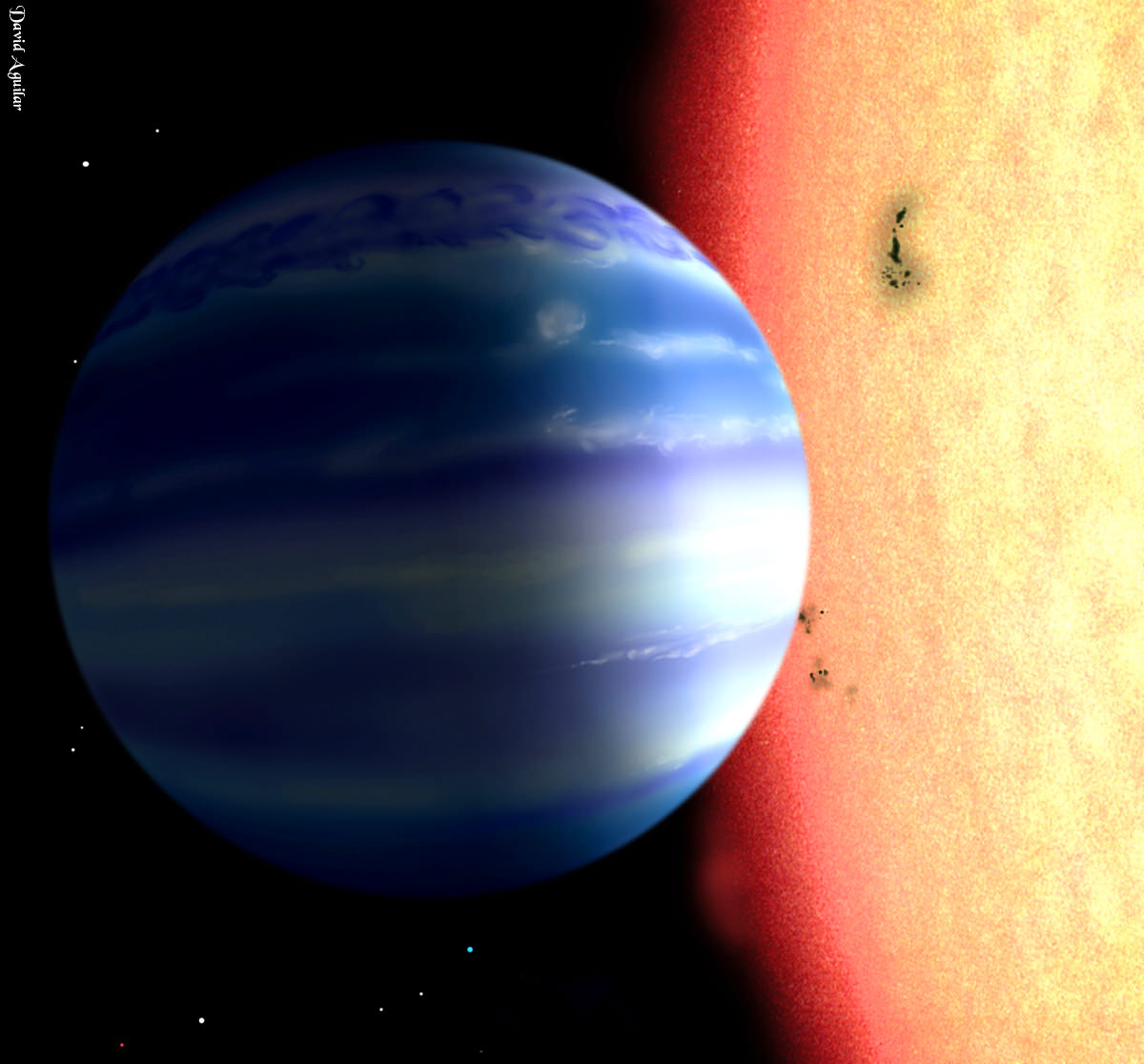
The molecule hydroxyl (HO) is common on Earth, but astronomers have not yet determined how abundant it is on other worlds. For the first time, astronomers have conclusively detected it in the atmosphere of an ultra-hot Jupiter, WASP-33b.
Continue reading “Hydroxyl (OH) Seen for the First Time in an Exoplanet Atmosphere”Astronomers are Watching a gas Giant Grow, Right in Front of Their Eyes
In the vastness of space, astronomers are likely to find instances of almost every astronomical phenomena if they look hard enough. Many planetary phenomena are starting to come into sharper focus as the astronomy community continues to focus on finding exoplanets. Now a team led by Yifan Zhou at UT Austin has directly imaged a gas giant still in formation.
Continue reading “Astronomers are Watching a gas Giant Grow, Right in Front of Their Eyes”



